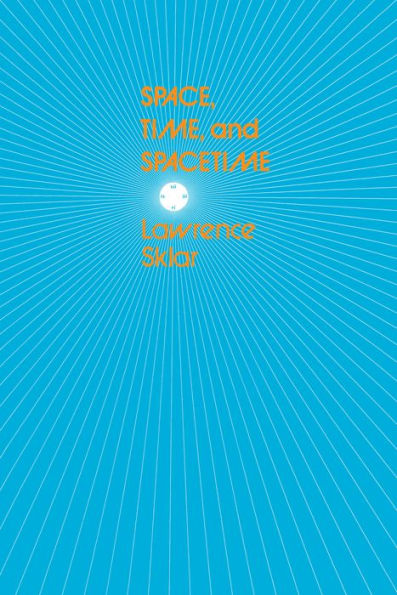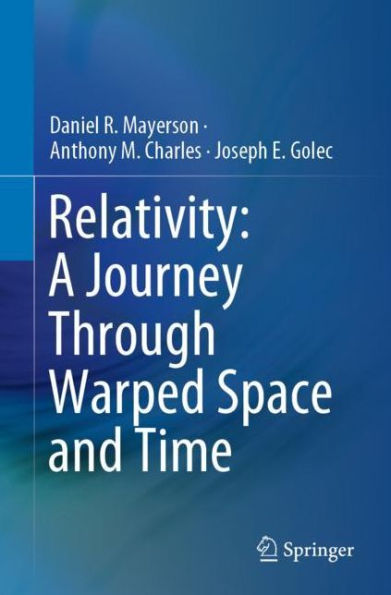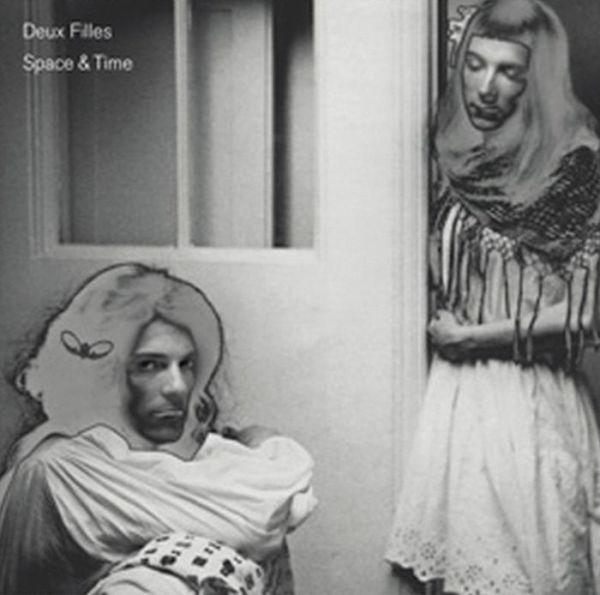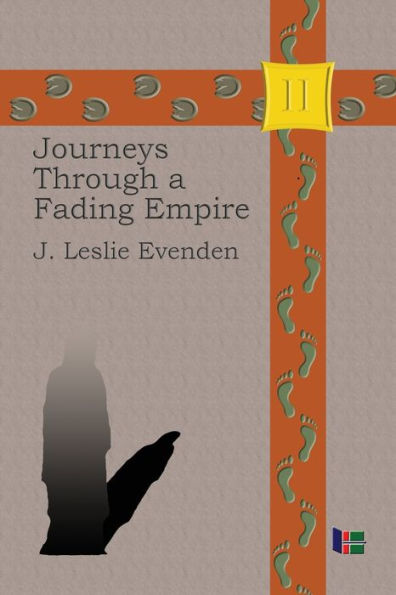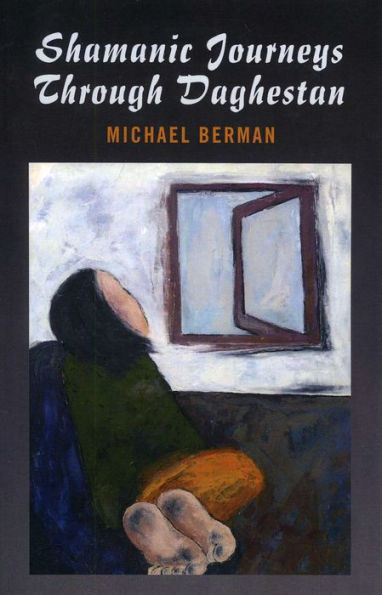Home
The Maps of Matthew Paris: Medieval Journeys through Space, Time and Liturgy
Barnes and Noble
The Maps of Matthew Paris: Medieval Journeys through Space, Time and Liturgy
Current price: $110.00
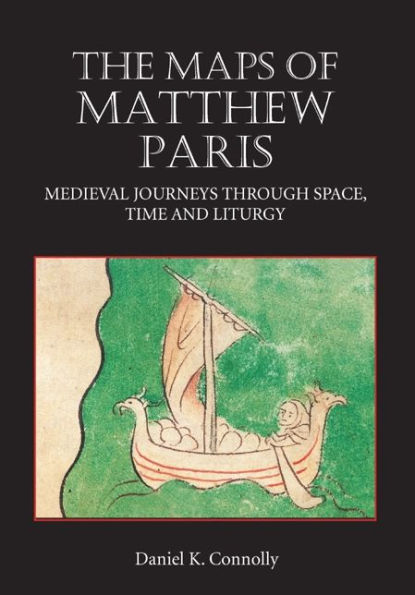

Barnes and Noble
The Maps of Matthew Paris: Medieval Journeys through Space, Time and Liturgy
Current price: $110.00
Size: OS
Loading Inventory...
*Product information may vary - to confirm product availability, pricing, shipping and return information please contact Barnes and Noble
An examination of the intricate cartography of Matthew Paris, and the meanings of the maps themselves.
The illustrations of the Benedictine monk, artist, and chronicler Matthew Paris offer a gateway into the thirteenth-century world. This new study of his cartography emphasises the striking innovations he brought to it, and shows how the maps became an investment and repository of certain medieval spatial practices: travel through the world, the occurrence of history in that world, and the religious practices and devotional attitudes that were assiduously cultivated within the larger visual culture of St. Albans abbey (in great measure produced by Matthew's own images). Travel (i.e. space), history (time), and devotion (liturgy), then, are the primary issues and meanings deposited in and registered by Matthew Paris's cartographic landscape. In searching out these contexts, the book explores the paradigm of imagined pilgrimage as an organizing principle that pushes into greater relief medieval understandingsof their arrangements of places and of histories. Thus traveling through geography could enact its meanings in a dynamic, religious, even devotional performance of the maps' materials. Richly illustrated with black and white and colour plates.
The illustrations of the Benedictine monk, artist, and chronicler Matthew Paris offer a gateway into the thirteenth-century world. This new study of his cartography emphasises the striking innovations he brought to it, and shows how the maps became an investment and repository of certain medieval spatial practices: travel through the world, the occurrence of history in that world, and the religious practices and devotional attitudes that were assiduously cultivated within the larger visual culture of St. Albans abbey (in great measure produced by Matthew's own images). Travel (i.e. space), history (time), and devotion (liturgy), then, are the primary issues and meanings deposited in and registered by Matthew Paris's cartographic landscape. In searching out these contexts, the book explores the paradigm of imagined pilgrimage as an organizing principle that pushes into greater relief medieval understandingsof their arrangements of places and of histories. Thus traveling through geography could enact its meanings in a dynamic, religious, even devotional performance of the maps' materials. Richly illustrated with black and white and colour plates.
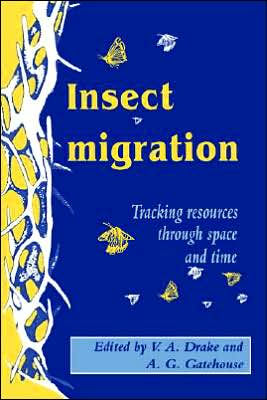
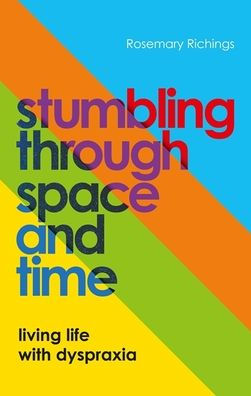

![NASA: A Journey Through Space [Blu-ray] [2 Discs]](https://prodimage.images-bn.com/pimages/0683904634184_p0_v2_s600x595.jpg)
